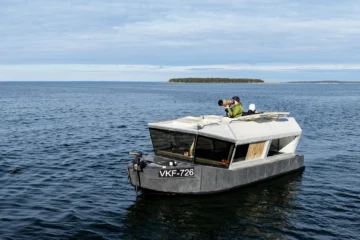Going on a seal-watching trip is a truly fun, engaging, yet unusual thing to do in Estonia. We go and visit the seals in their natural habitat regularly every Sunday from July to September. Since we love seals and their playful character, we’d like to share some facts about seals that might interest you.
11 facts about the Baltic Sea seals you probably didn’t know
-
How many species of seals live in the Baltic Sea?
There are three species of seals in the Baltic Sea: grey seal, ringed seal, and harbour seal. While the grey seal is quite happy everywhere in the Baltic Sea, the ringed seal prefers the Northern areas, opposite to the preferences of the harbour seal. It’s rare to see a harbor seal in the waters of Estonia, while the grey seal is commonly spotted. On our seal-watching trips in North Estonia, we visit the natural habitat of the grey seals.
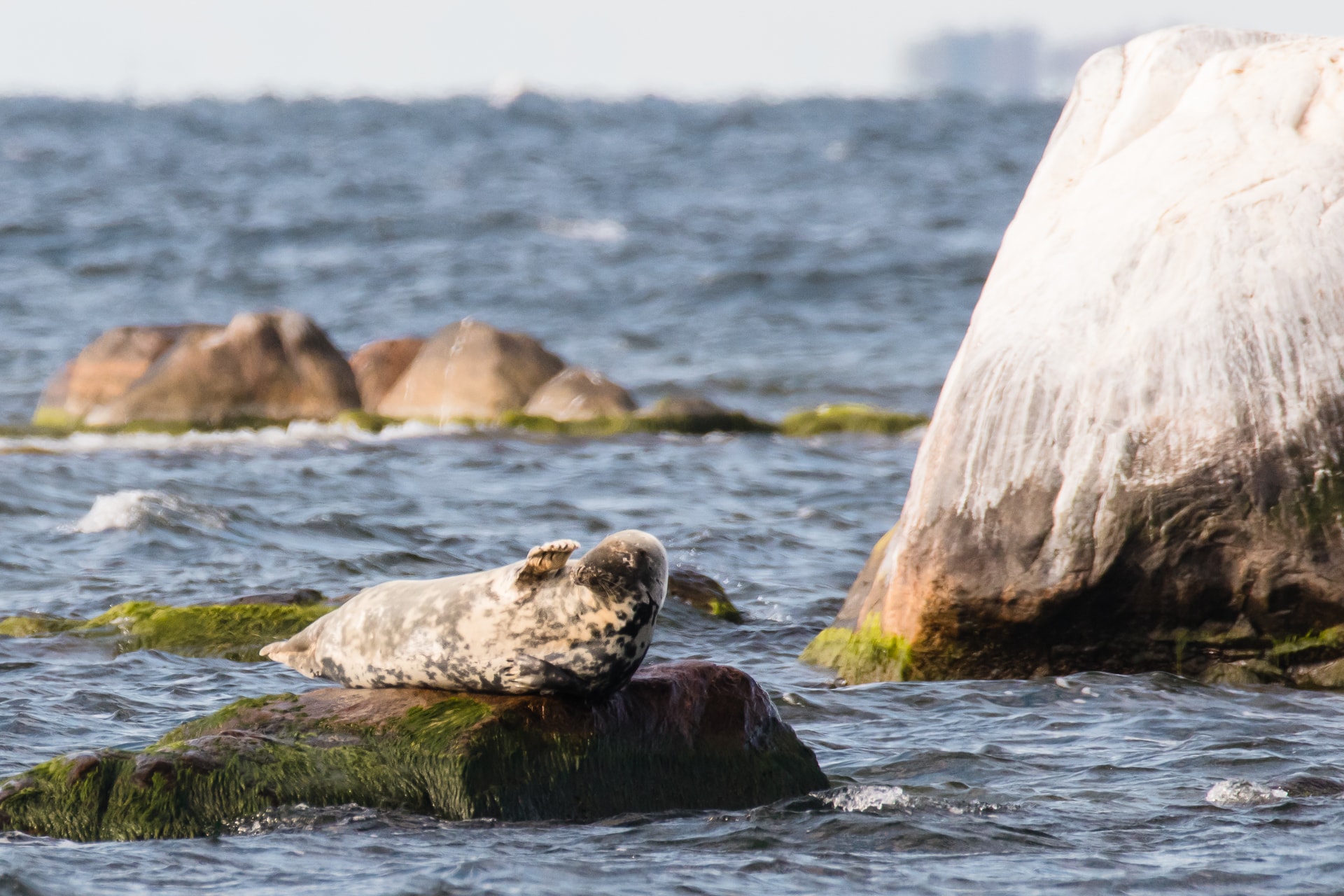
-
How many grey seals are there in the Baltic Sea?
It is estimated that there are approximately 25 000 grey seals in the Baltic Sea, with around 4 000 found in Estonia. However, there are just a couple of hundred ringed seals left in the Gulf of Finland.
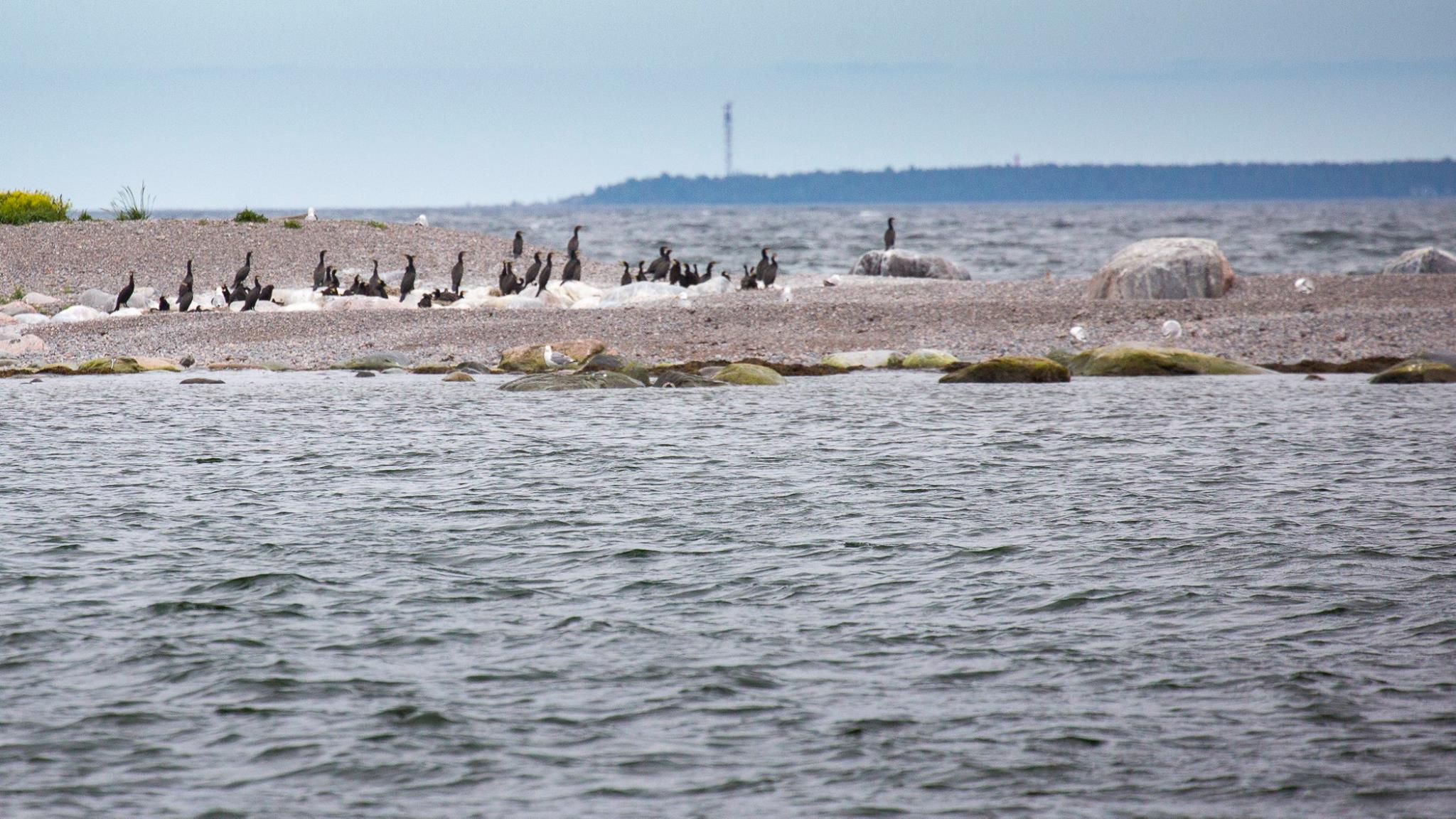
-
Are the Baltic Sea seals becoming extinct?
Yes and no. The grey seal is doing quite well. Their population has been growing every year. However, the Baltic sea ringed seal population is declining rapidly, with a high chance of disappearing in the future. Some of the reasons for this are pollution in the Baltic Sea and relatively warm winters.
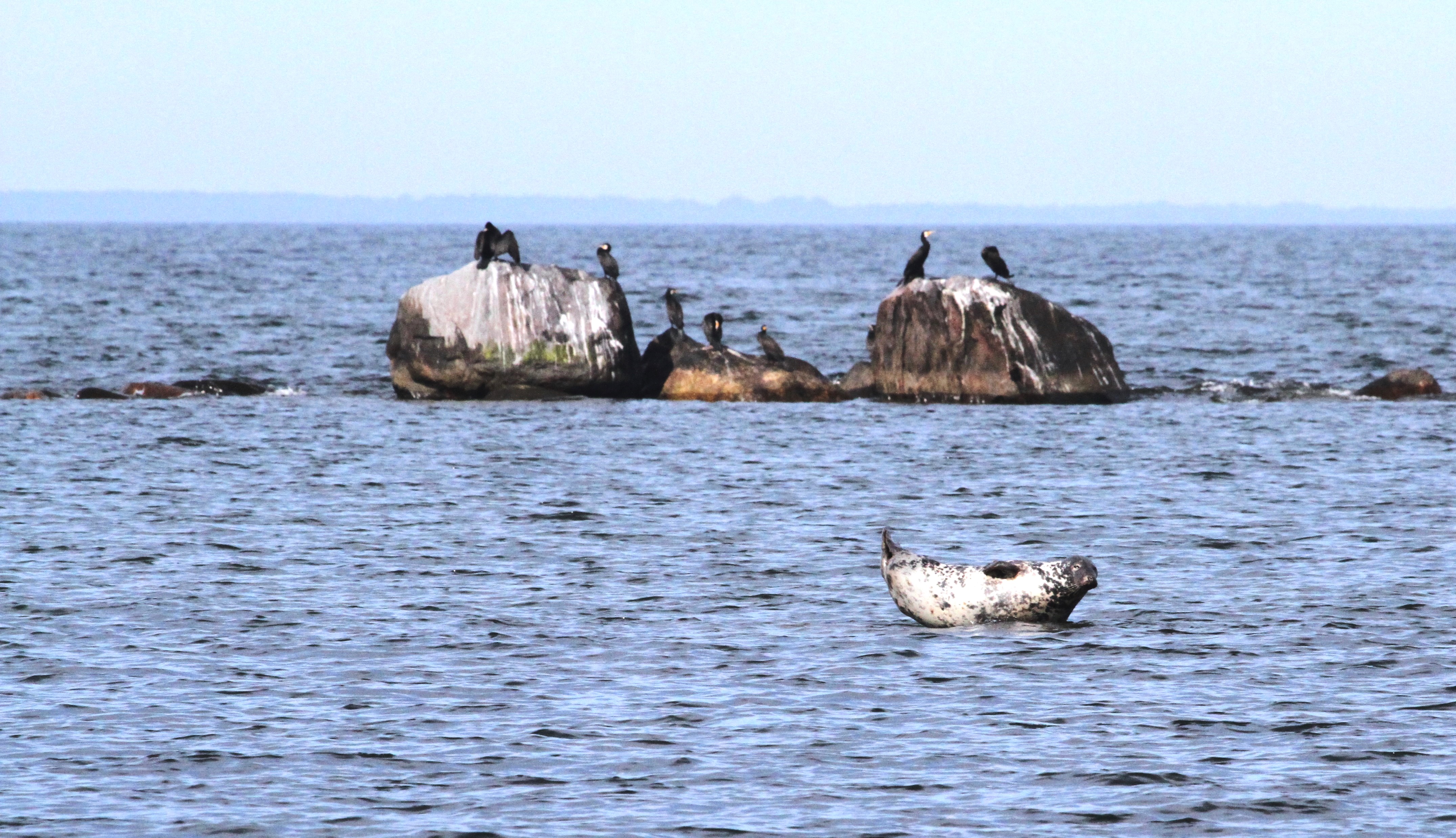
-
When are the seal pups born?
The grey seal and ringed seal in the Baltic Sea are born from February to March. This is also the time when, by law, it’s not allowed to go close to the seals’ breeding grounds. A grey seal pup, when born, weighs about 10 kg (22 lbs) but gains 2 kg (4.5 lbs) of weight every day during the lactation period.

-
What do the seals eat?
One might say they are fans of slow food, not in a sense of buying ecologically grown crops from a local farmer, but in a sense that they actually like their food swimming slowly (easy to catch). They eat fish, including flounder, cod, Baltic herring, whitefish, and sprat. Bonus points for the very fat fish! Often, the seals steal fish from the fishing nets. These guys are clever and devious. It’s believed that a grown-up grey seal eats about 10 kg (22 lbs) of fish in a day.

-
How big is a grey seal?
The grey seal is the biggest mammal in the Baltic Sea. A grown-up might easily weigh more than 200 kg (441 lbs) and be 2.5 metres (8 ft) in length. They are truly huge. Come and see them with your own eyes on our seal-watching trip.

-
How and where do seals sleep?
They have this exceptional skill to sleep in the water. They look like massive 200 kg (441 lbs) bottles. Their entire body is submerged, with only the nose exposed for breathing. They sleep about six hours a day; however, not continuously.
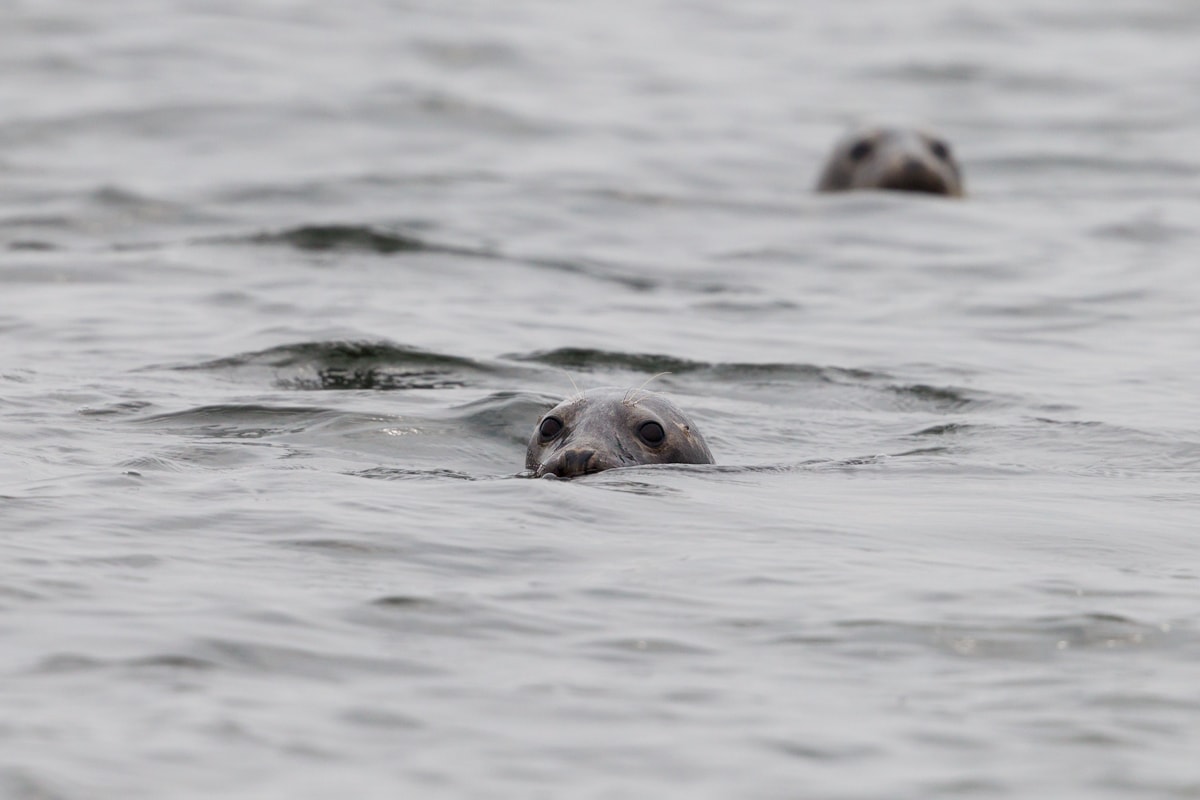
-
How long can a seal live up to?
In their natural habitat, they live about 35 years, but in zoos, they live around 10 years longer.
-
Is it true that seals like classical music?
It is. An Estonian family, the Aksbergs, discovered it years ago. Every time we go on our seal-watching trip, we offer them a concert of Beethoven, Debussy, or Mozart. No wonder the seals always show up – some free entertainment after all. We have also tried it with the Doors and Jimi Hendrix, but it seems the seals are not big fans of old-school rock.
-
Are seals curious animals?
In common with humans, seals are curious animals, too. Almost every time we go on our seal-watching trip, they pop their heads out of the water or chillax on the stones. Sometimes they even lurk under our boat to see these odd-looking creatures standing on two legs. In fact, I think it’s the opposite way – we might think we go on a seal-watching trip, while in reality it’s a human-watching show.
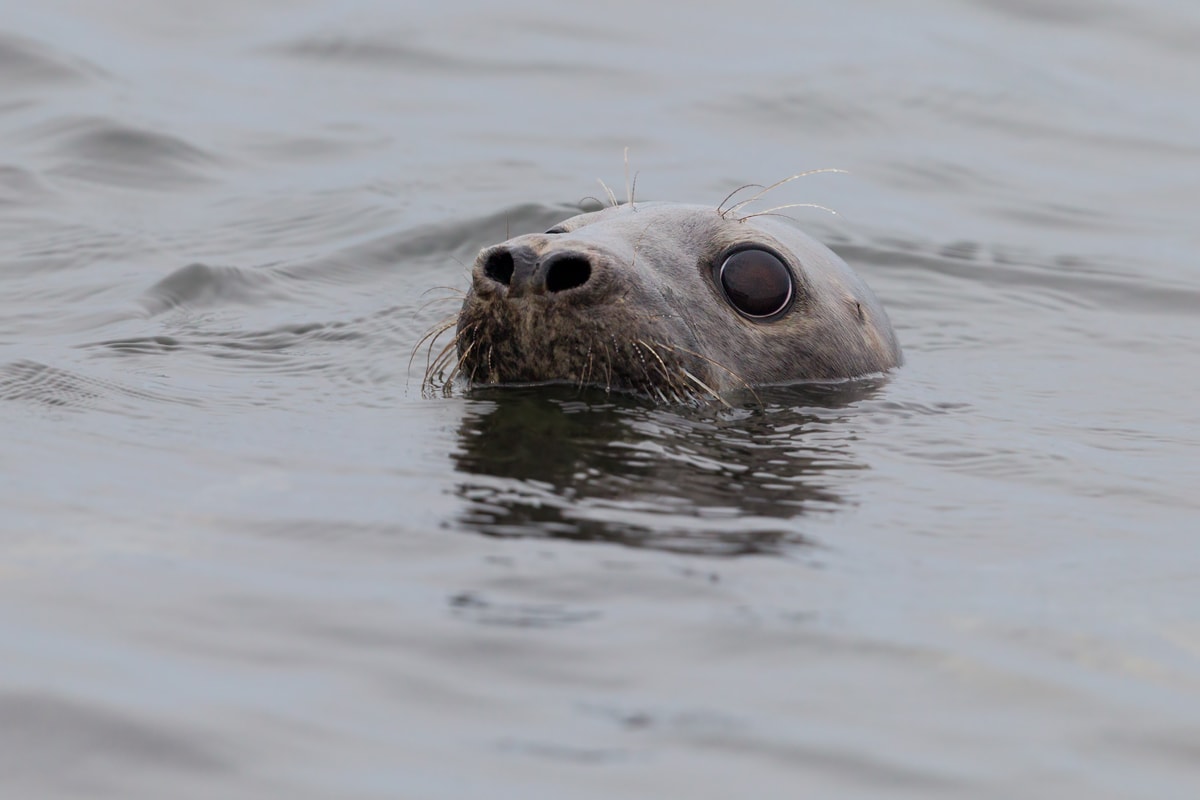
11. What does the seal say when it runs into a wall?
Dam.
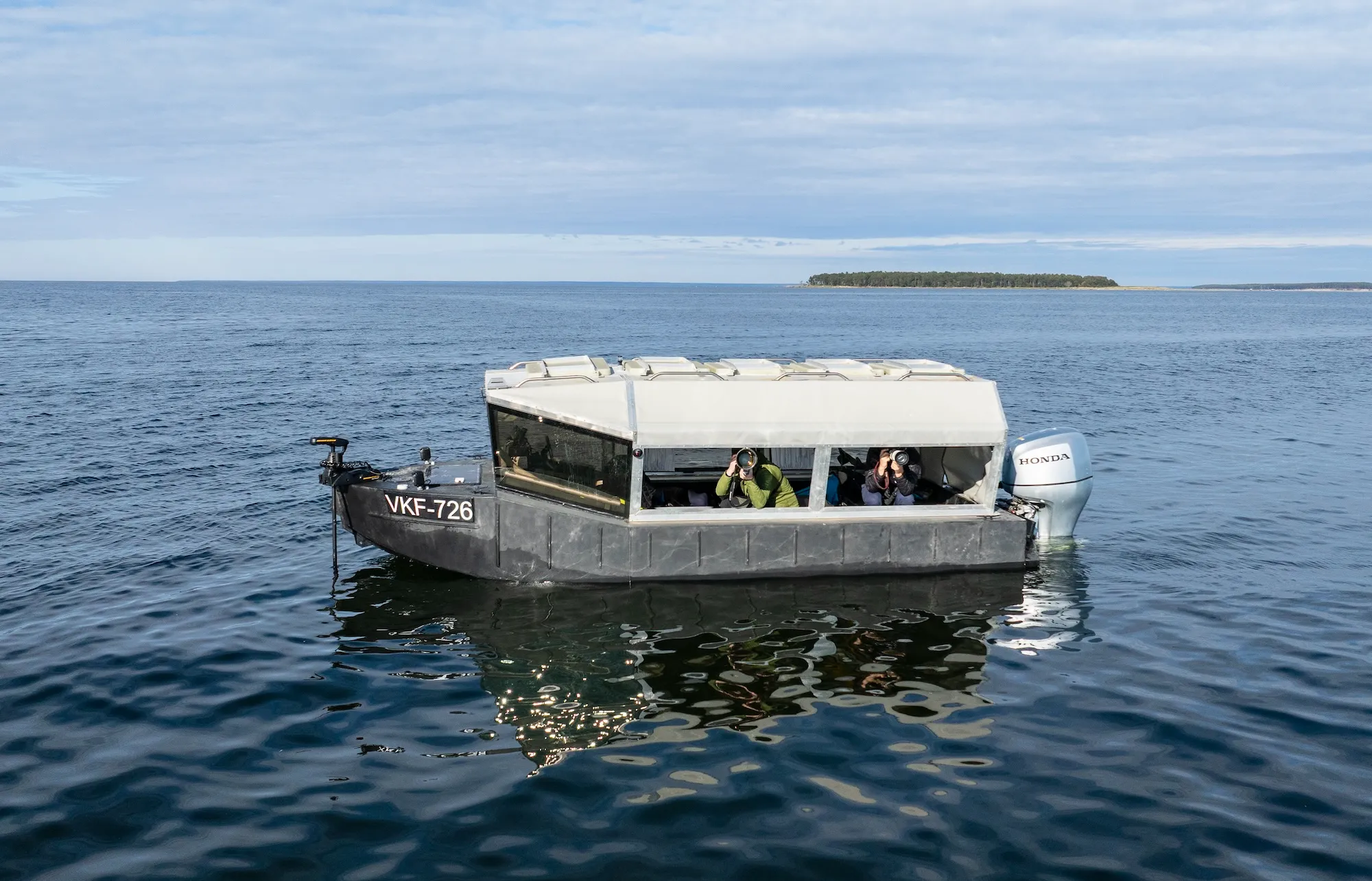
Come on a unique nature tour in Estonia, a regular seal-watching trip (aka. human-watching show for seals) to see these awesome mammals, have a memorable boat ride, and hear the stories and legends of the Estonian islands we are passing. Private tours on various dates are also available; please request them here. From 2025, we also offer seal-watching with a purpose-built wildlife-watching boat, more info here.
We know you want to come. Seal with it!


